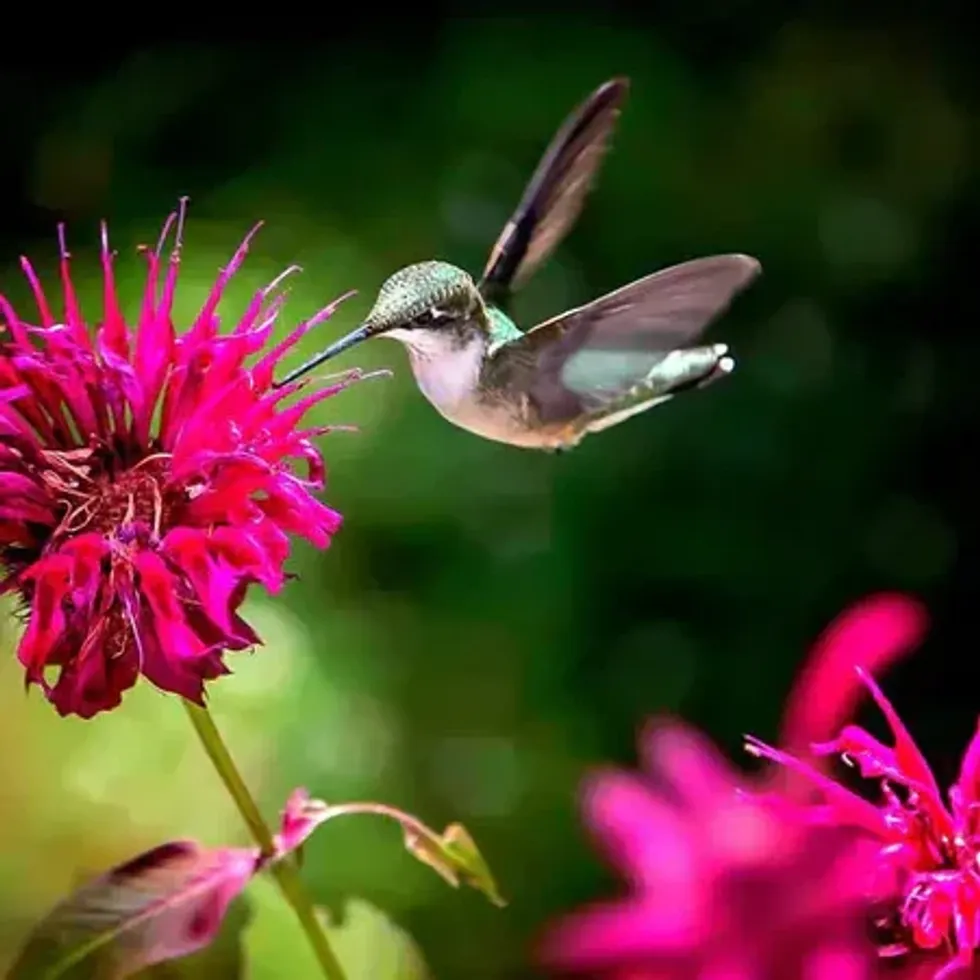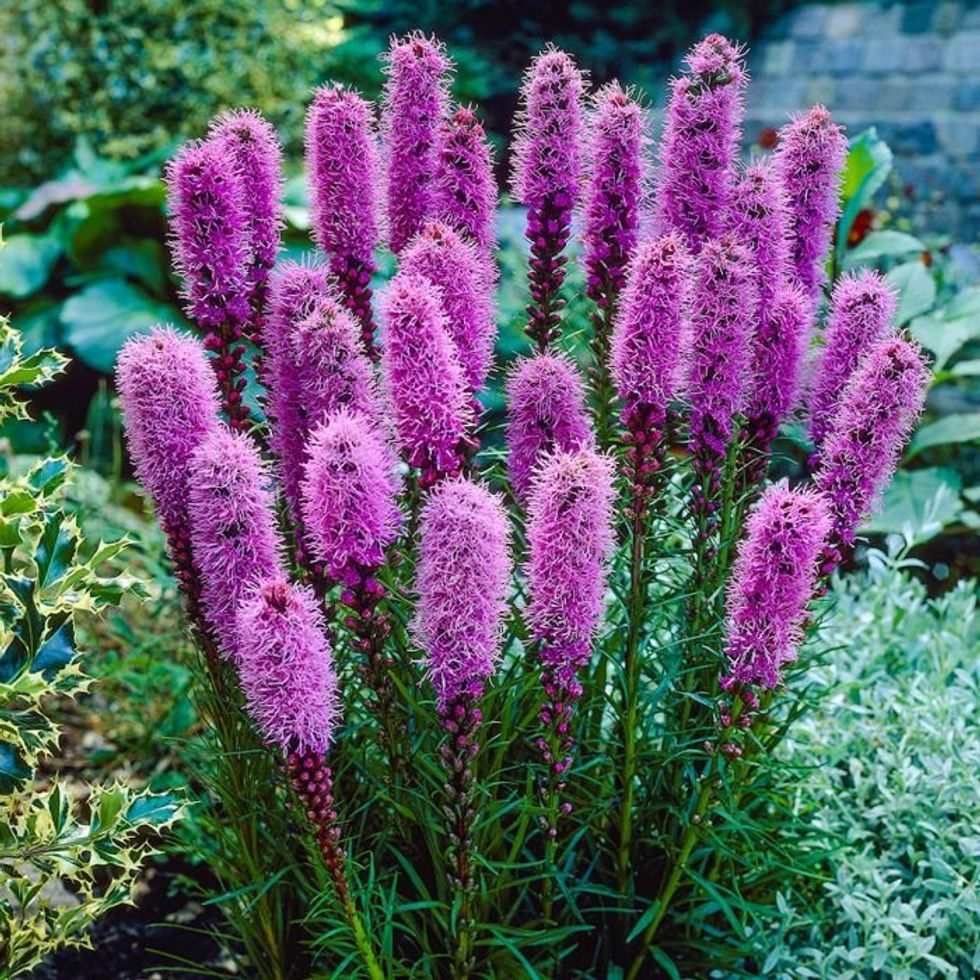The perennial makes the perfect choice to spruce up your garden into a vibrant sight to behold. Here's everything you need to know about the plant.
Perennials 101
Perennial Gardening / Landscaping With Perennials

https://www.tnnursery.net
Landscaping with native perennials also helps attract those much-loved hummingbirds, monarchs and butterflies. You might even see a couple honey bees too!
Lifespan: Perennials are plants that live for more than two years, returning year after year, and they come in an expansive spectrum of colors, sizes, and growth habits. To make an informed choice, you must consider factors such as your climate, soil conditions, sun exposure, maintenance requirements, and personal preferences. In this guide, we will delve into these aspects and provide you with a comprehensive overview of choosing the right type of perennial plant for your garden.
Understand Your Climate: The first step in selecting perennial plants is to understand your region's climate. Different perennials thrive in different environments, so choosing plants that are well-suited to your area is crucial. Consider the average temperature range, frost dates, and the length of the growing season. You can consult the U.S.D.A. Hardiness Zone Map to determine the zone in which you reside. This information will help you identify plants likely to survive and flourish in your specific climate.
Assess Sunlight and Shade Conditions: Next, evaluate your garden's sunlight and shade conditions. Some perennials prefer full sun, while others thrive in partial or complete shade. Observe the amount of sunlight your garden receives throughout the day and identify areas of shade caused by buildings, trees, or other structures. This will help you determine which perennials best suit your garden's light conditions.
Consider Soil Conditions: Understanding soil conditions is crucial for successful perennial gardening. Soil type, pH level, and drainage are significant factors to consider. Some perennials prefer well-drained soil, while others can tolerate moisture or even thrive in wet ground. Testing your soil's pH level can also provide valuable insights. Many perennials prefer slightly acidic to neutral soil, but some can tolerate more alkaline or acidic conditions. Assess your soil and amend it if necessary to create a favorable environment for your chosen plants.
Evaluate Maintenance Requirements: Different perennials have varying maintenance requirements. Some are low-maintenance and require minimal care, while others demand regular attention, such as deadheading or pruning. Consider the time and effort you will invest in maintaining your garden. If you have a busy schedule or prefer a more hands-off approach, opt for low-maintenance perennials that require less upkeep. On the other hand, if you enjoy spending time in the garden and have the capacity for more intensive care, you can choose plants that require regular pruning, staking, or dividing.
Determine the Purpose and Design of Your Garden: Consider the purpose and design of your garden when selecting perennial plants. Are you aiming for a colorful flowerbed, a serene woodland garden, or a combination of various plant types? Think about the overall style and ambiance you want to create. Determine whether you prefer tall plants with vertical interest, groundcovers that spread and fill spaces or a mix of both. Additionally, consider the color palette you desire, as perennials come in various hues. Create a rough sketch or plan to visualize how different plants work together in your garden.
Research and Familiarize Yourself with Perennial Options: Now that you understand your garden's requirements and preferences, it's time to research and familiarize yourself with different perennial options. Browse gardening books, websites, and catalogs to learn about various perennials' characteristics and growing conditions. Note plants that catch your eye and align with your garden's needs. Look for reliable sources that provide detailed information about each plant, including its height, spread, bloom time, and any specific care instructions.
Visit Gardens and Take Inspiration: Visiting your area's public gardens, parks, or private gardens can provide inspiration and practical insights into perennial plant choices. Observe how different plants are arranged, what combinations work well together, and how they are maintained. Take note of plants that appeal to you and thrive in similar growing conditions to your garden.
Consider Long-Term Growth and Maintenance: Consider perennial plants' long-term growth and maintenance. Some perennials may require dividing every few years to prevent overcrowding, while others may spread aggressively and need regular maintenance to keep them in check. Assess each plant's growth habits and long-term care requirements to ensure that it fits well within your garden's space and maintenance capabilities.
Seek Local Advice: Consulting local experts or experienced gardeners can be invaluable in selecting the right perennials for your area. Visit local nurseries, botanical gardens, or gardening clubs and seek advice from professionals who know plants that thrive in your region. They can provide insights into specific cultivars or native plants that are well-adapted to your regional climate and growing conditions.
Consider Native Plants: Native perennials naturally occur in your region and have adapted to local climate, soil, and wildlife conditions. They often require less water, fertilizer, and pest control, making them environmentally friendly choices. Native plants also attract and support local wildlife, including birds, butterflies, and pollinators. Research native perennial options for your area and consider incorporating them into your garden to create a thriving ecosystem.
Seasonal Interest and Bloom Time: When choosing perennials, consider their seasonal interest and bloom time. Some perennials have a short bloom period, while others provide interest throughout the seasons with blooms, foliage color, or attractive seed heads. Plan your garden to include plants with staggered bloom times to ensure a continuous display of color and visual interest from spring to fall.
Consider Companion Planting: Companion planting involves selecting plants with symbiotic relationships that can benefit each other when grown together. Some perennials repel pests or attract beneficial insects, while others provide support or shade to neighboring plants. Research companion planting techniques and identify perennials that work well together to enhance each other's growth, health, and aesthetics.
Summary: In conclusion, choosing the right type of perennial plant for your garden requires careful consideration of factors such as climate, sunlight, soil conditions, maintenance requirements, garden design, and personal preferences. By understanding these aspects and conducting thorough research, you can create a beautiful and thriving perennial garden that brings you joy year after year. Happy gardening!


















